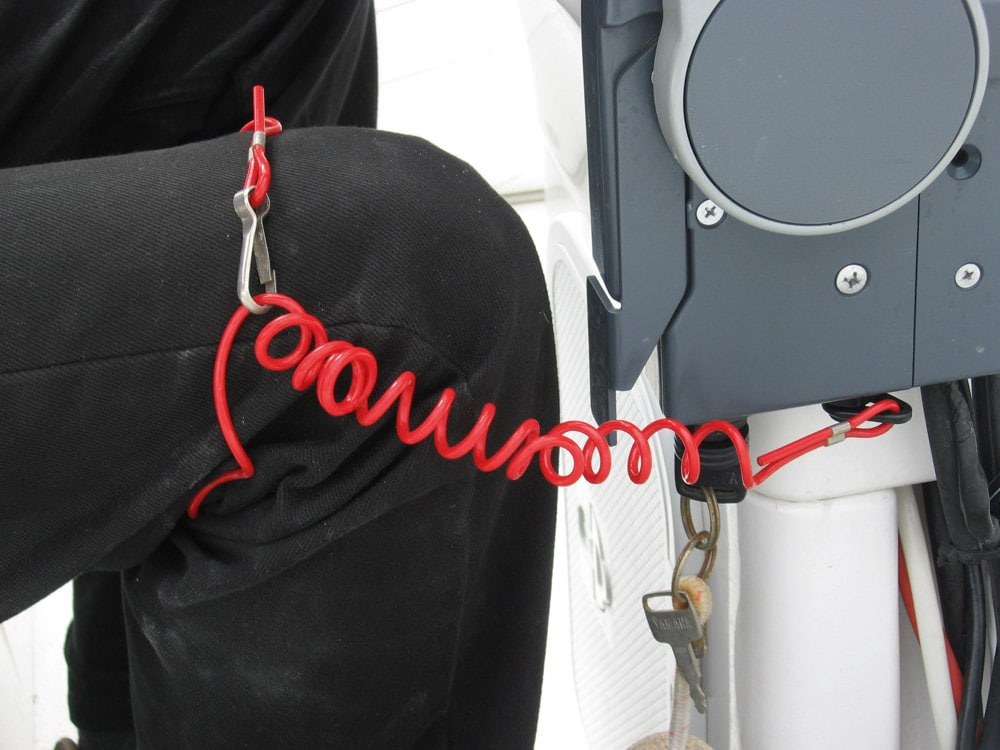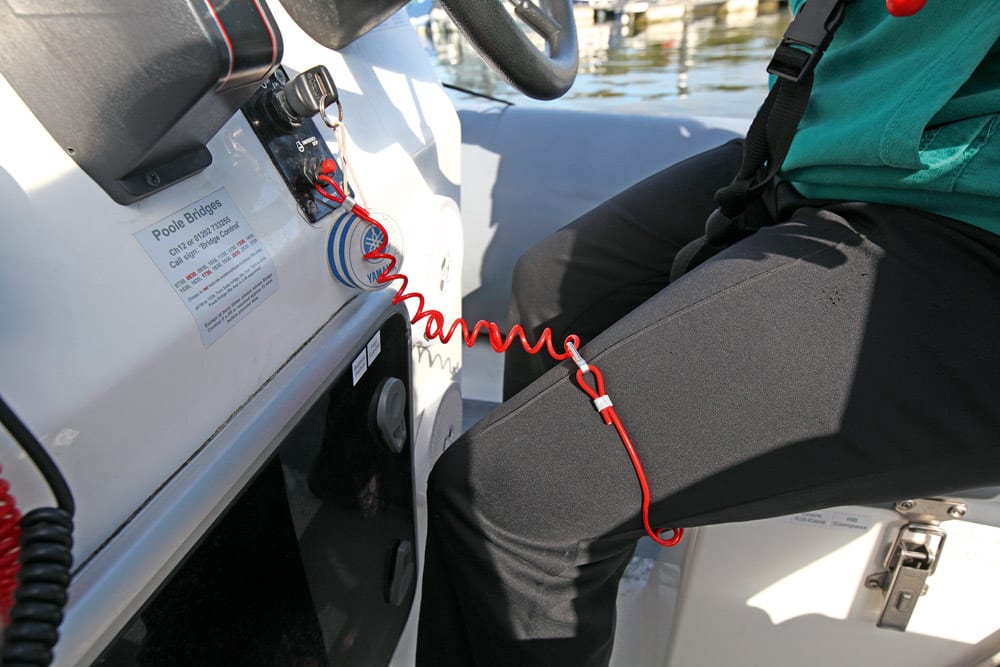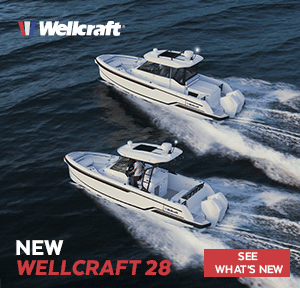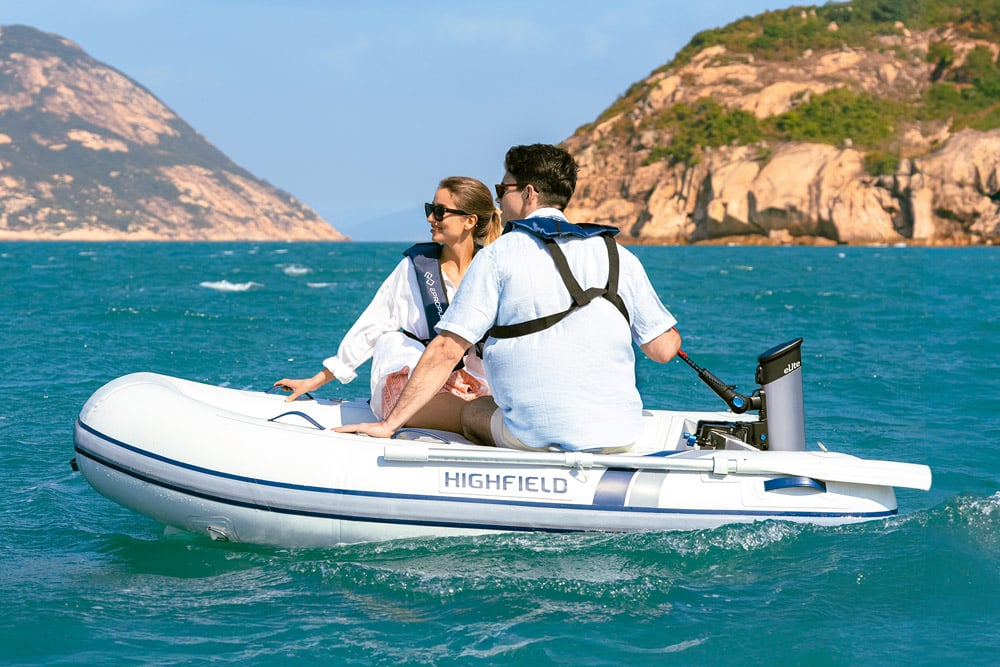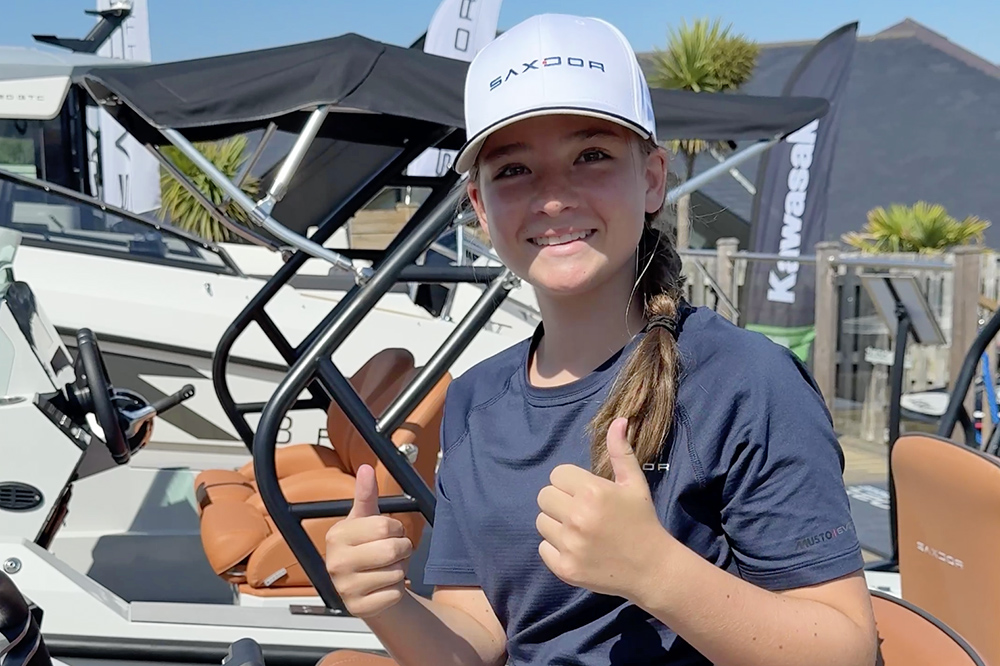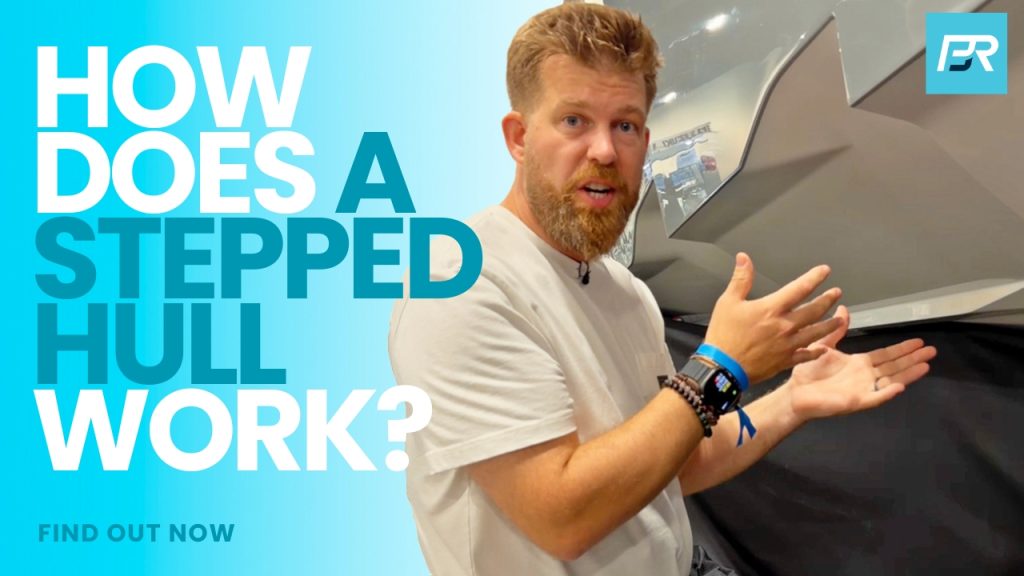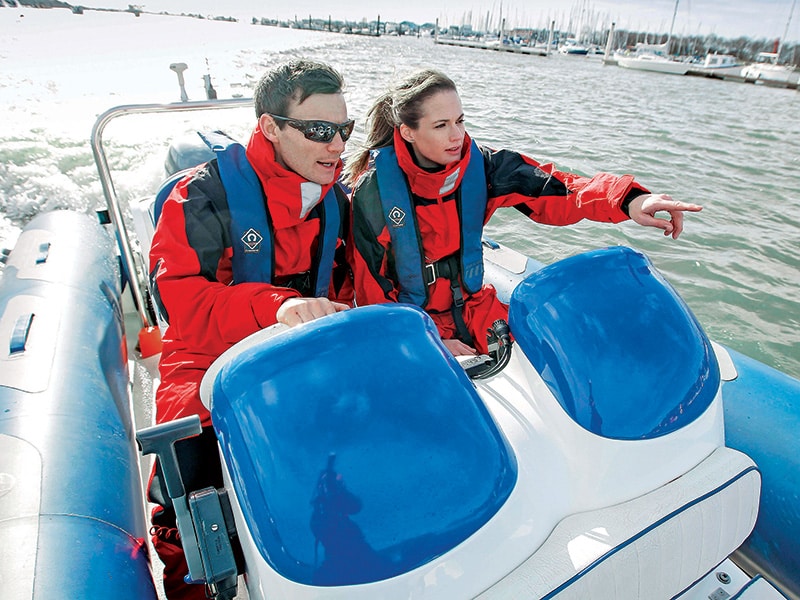The primary purpose of a kill cord is safety – both for you and others on the water. When used correctly, a kill cord will stop a boats engine if the driver becomes dislodged from the helm position. Proper use of the device can prevent serious incidents and even fatalities.
Key reasons to always wear your kill cord:
Prevents runaway boats: If you fall overboard or are thrown from the helm position, the kill cord will immediately cut the engine, preventing the boat from continuing unmanned at speed.
Protects passengers and crew: The risks to you, your family and people in other boats and ashore are huge if a boat continues running without a driver.
Emergency engine stop: Detaching the kill cord also allows the crew or passengers to stop the engine if the driver is incapacitated or unconscious at the helm.
Think of it as insurance: As one expert puts it, think of a kill cord and a life jacket as an insurance policy. Yes, they cost; yes, we’d rather not use them; but in the ‘one in a million’ chance we need them they’ll be the best investment you and your family ever make.
